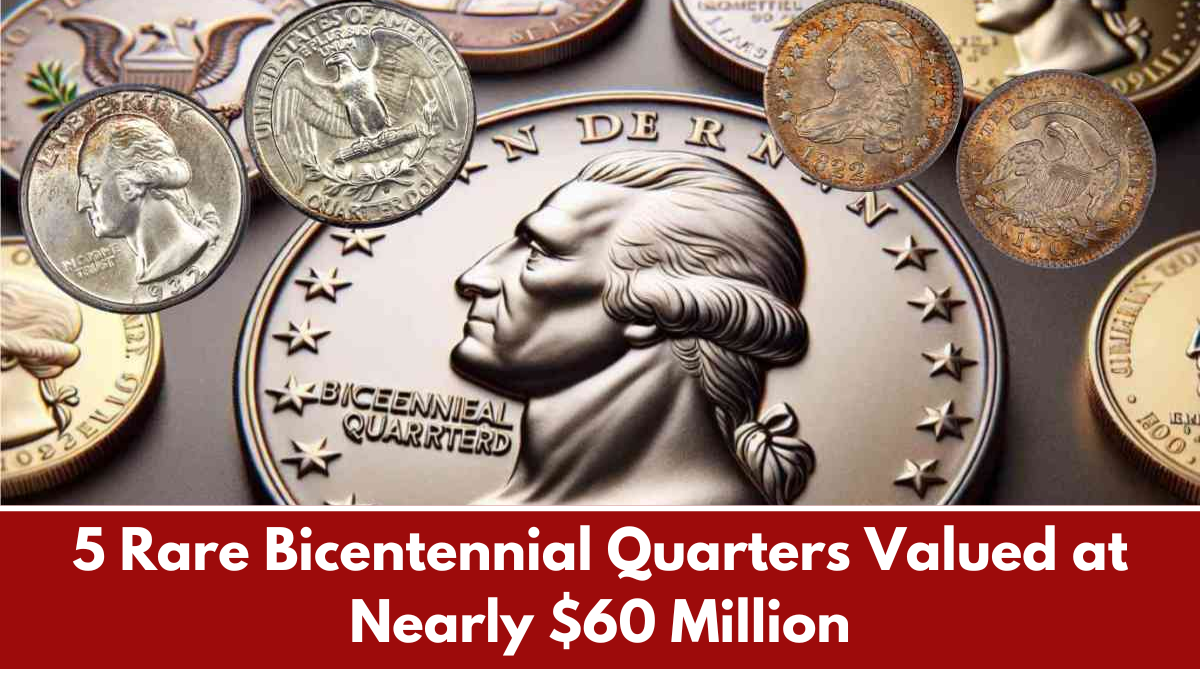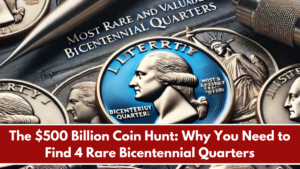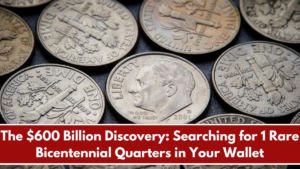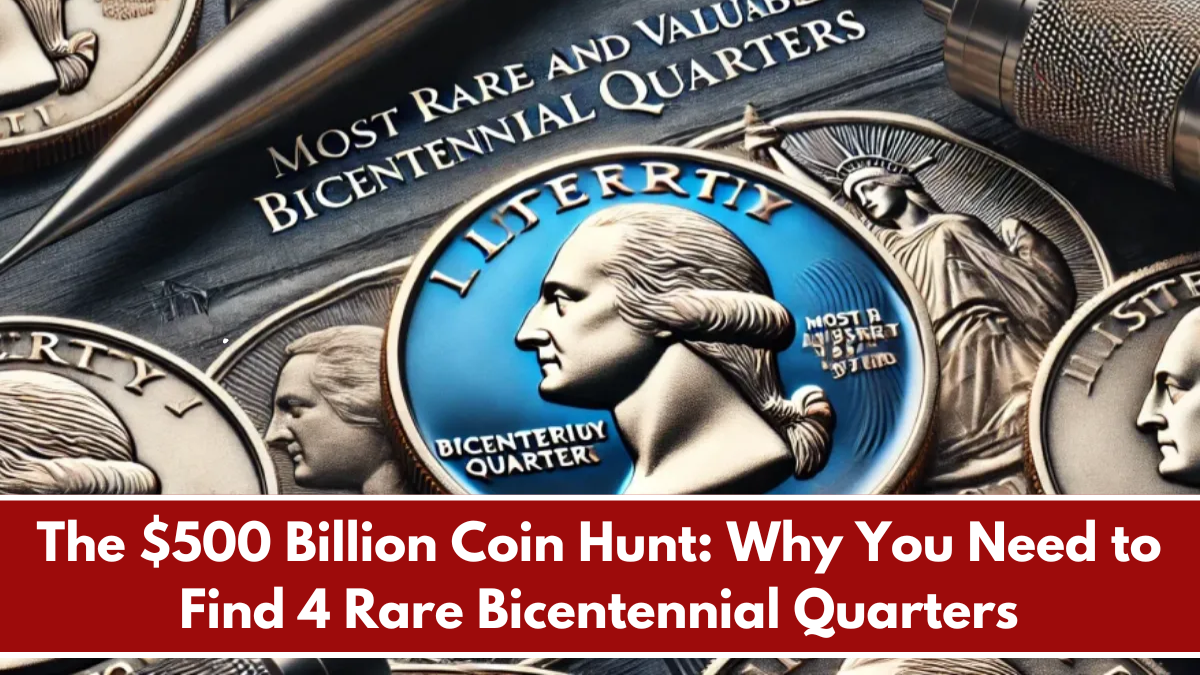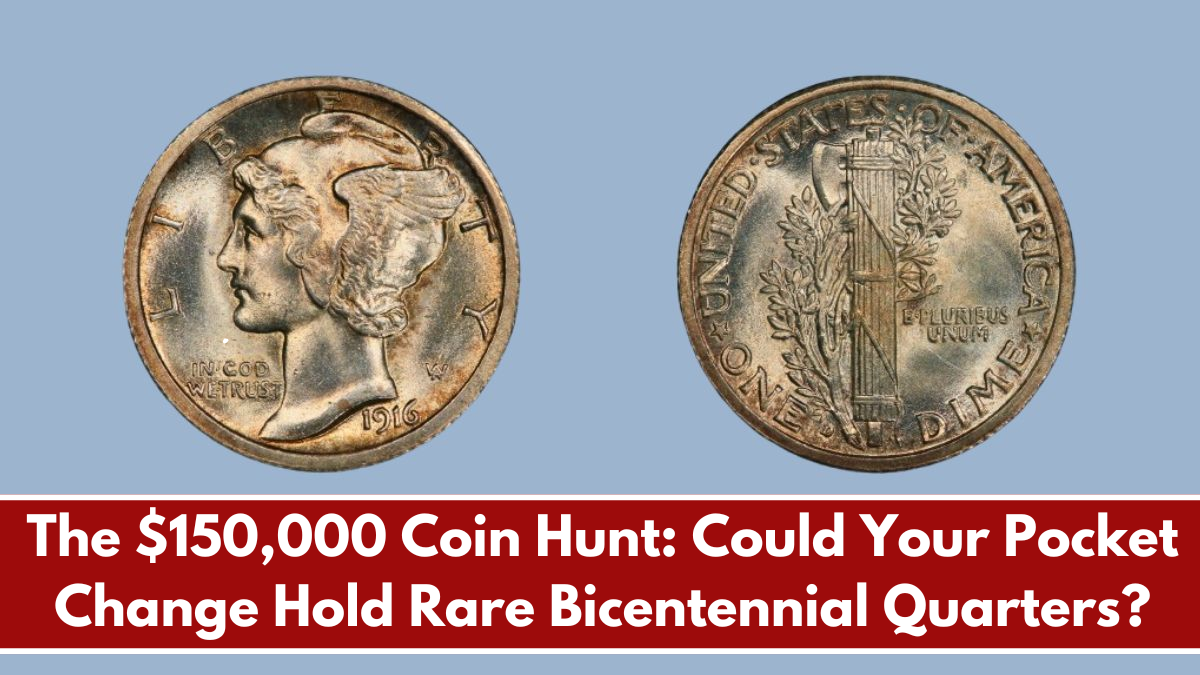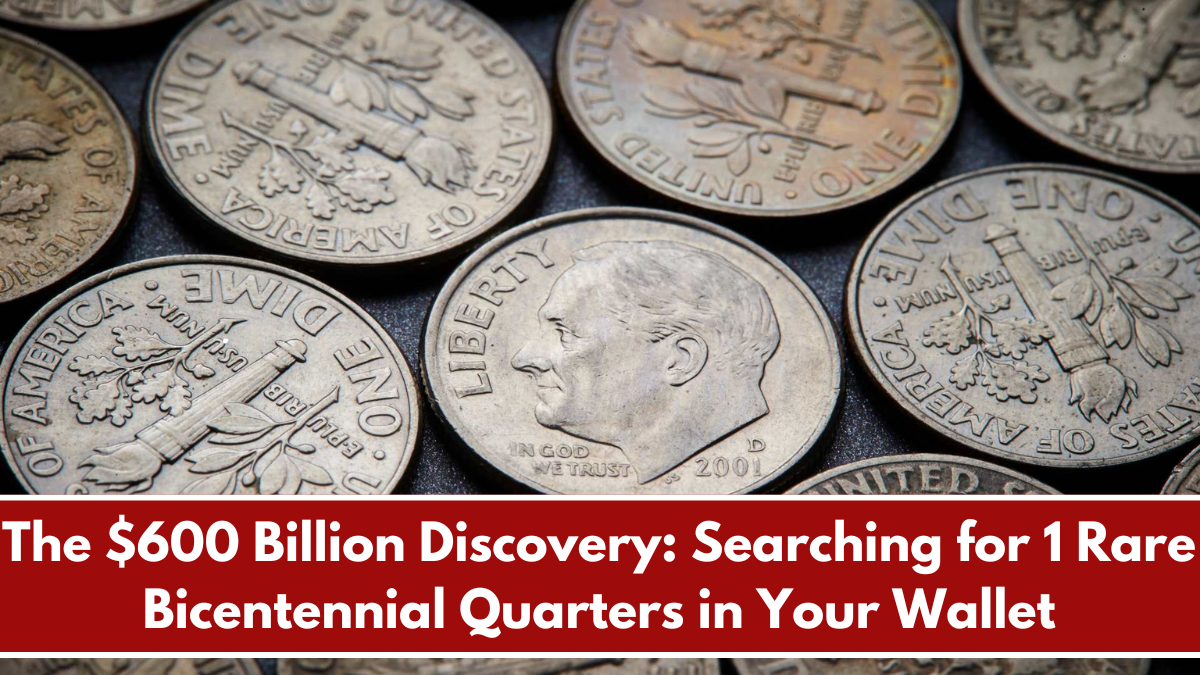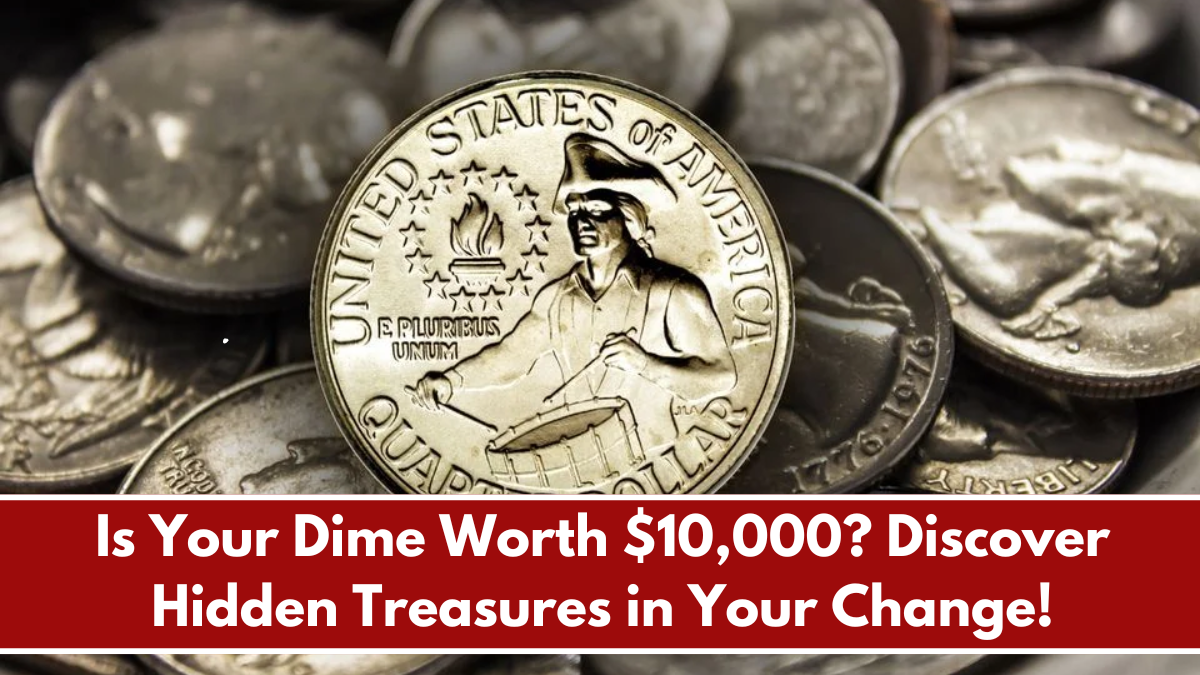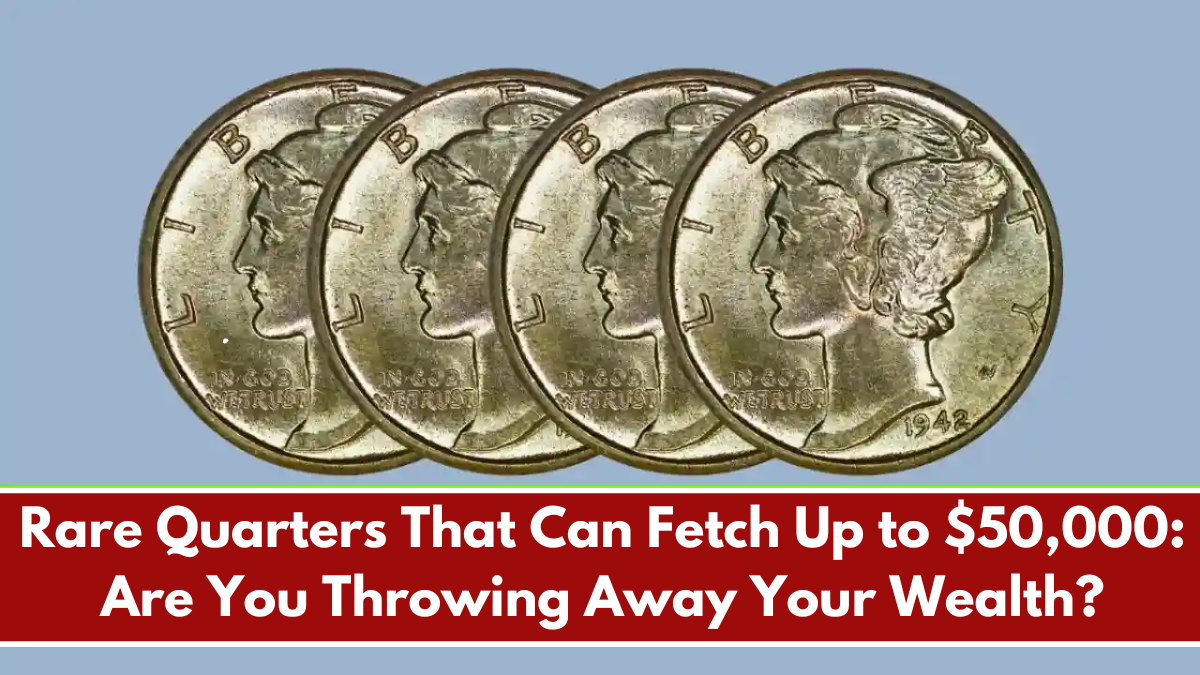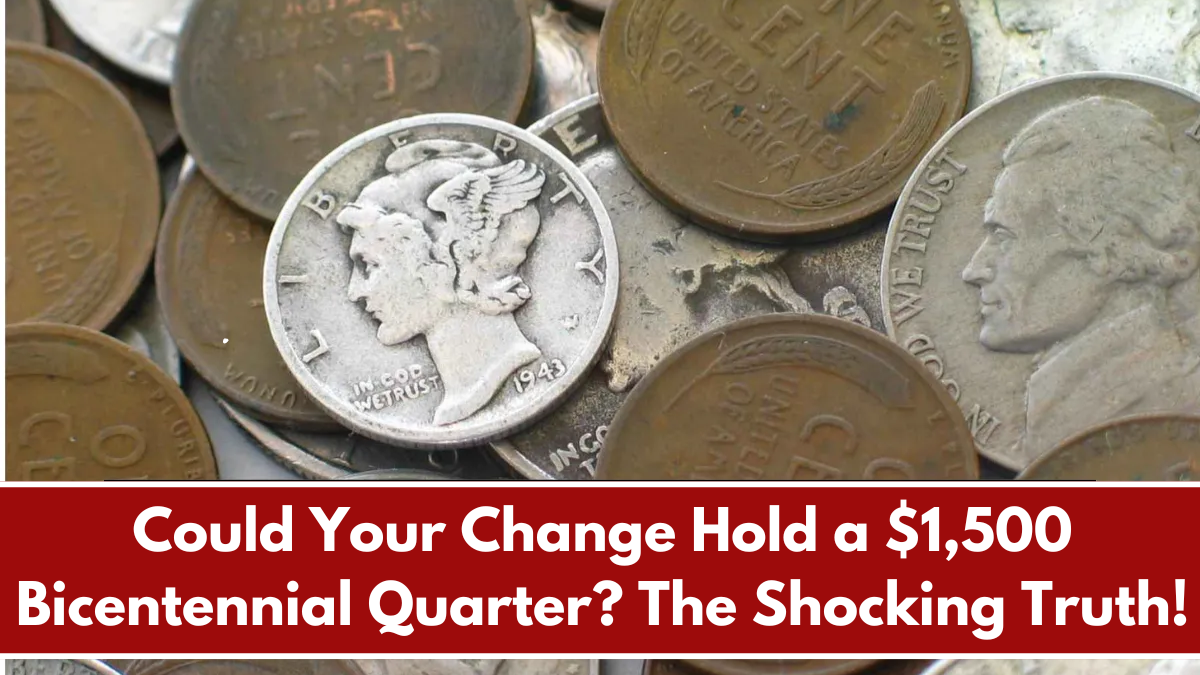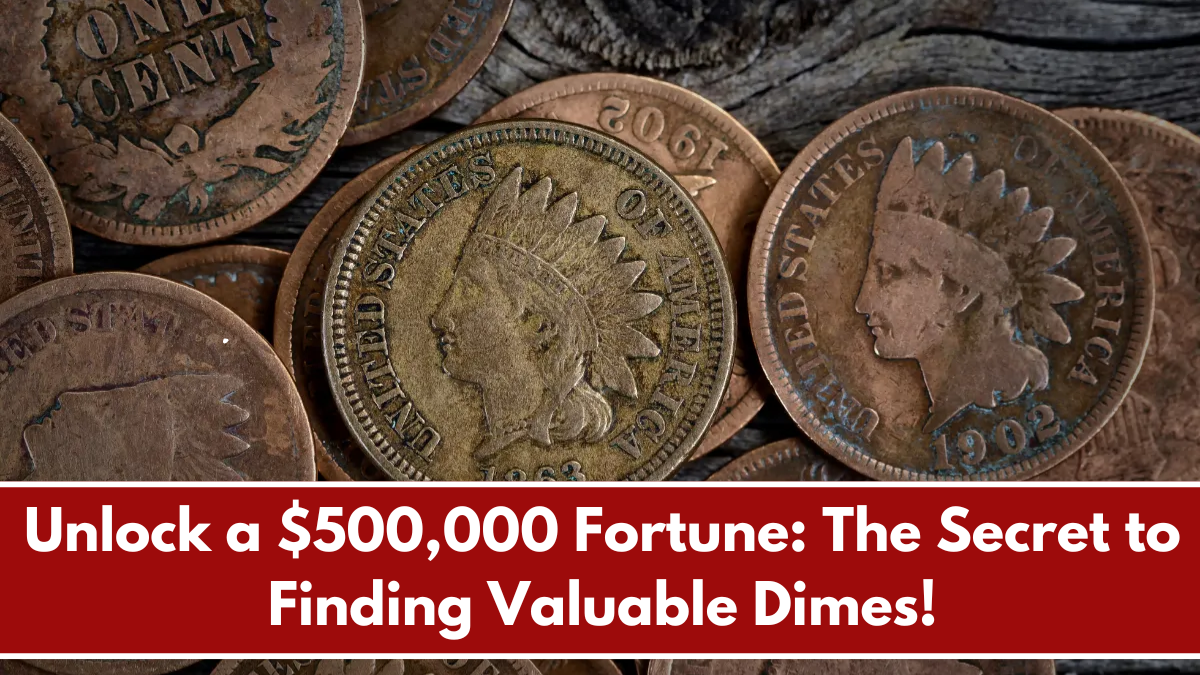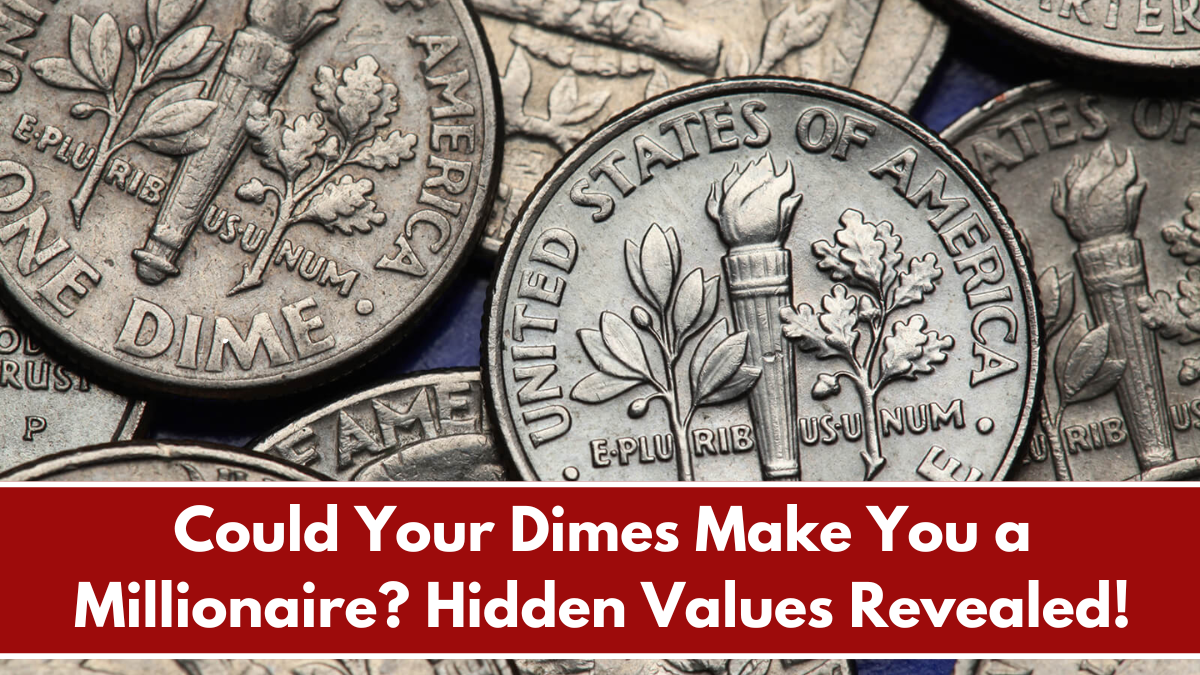The United States Bicentennial Quarter, minted in 1976, commemorates the 200th anniversary of American independence. While millions of these quarters were produced, only a few are exceptionally rare and valuable. Some of these quarters are valued at nearly $60 million due to unique features and historical significance. This article explores five of the rarest Bicentennial Quarters, highlighting what makes them special and their current market value.
1976-S Proof Bicentennial Quarter
The 1976-S Proof Bicentennial Quarter was struck at the San Francisco Mint and features an “S” mint mark, indicating its origin. Produced as part of a collector’s proof set, only about 4.2 million were minted. Some specimens have achieved a grade of PR70DCAM from the Professional Coin Grading Service (PCGS), reflecting exceptional quality. Due to its rarity, this quarter can sell for up to $7,000.
1976-D Bicentennial Quarter
Minted in Denver, the 1976-D Bicentennial Quarter celebrates American history with its patriotic design. Although millions were produced, some specimens exhibit unique characteristics such as doubled dies or striking errors, increasing their value. High-grade examples with these errors can fetch around $25,000, appealing to collectors and investors alike.
1976-S Silver Bicentennial Quarter
The 1976-S Silver Bicentennial Quarter is made with 90% silver and was also minted at the San Francisco facility. Part of a special collector’s proof set, its silver content significantly enhances its value. Depending on condition, this quarter can be valued at over $50,000, making it highly sought after among numismatists.
1976 Philadelphia Bicentennial Quarter (Doubled Die)
Some Philadelphia-minted 1976 Bicentennial Quarters feature a minting error known as a doubled die, where elements of the design appear twice due to a misalignment during striking. These errors are rare and collectible, with some specimens valued at up to $100,000. The prominence of the error greatly influences the coin’s market price, making it a prized find for collectors.
1976-D Bicentennial Quarter (High-Grade Specimen)
A small number of the 1976-D Bicentennial Quarters have been graded as MS68 by PCGS, indicating pristine condition. These high-grade specimens are exceedingly rare and can command impressive prices, often valued at over $1 million. Collectors are eager to pay a premium for coins that exemplify such high standards of preservation.
While the Bicentennial Quarter was minted to celebrate American history, the rarity and unique characteristics of certain coins have turned them into treasures in the numismatic world. Collectors and enthusiasts alike are willing to pay staggering amounts for these rare specimens. Whether you’re a seasoned collector or just beginning, understanding the market and the factors that contribute to the value of these coins can be incredibly rewarding.
FAQ’s:
What is a Bicentennial Quarter?
The Bicentennial Quarter was minted in 1976 to celebrate the 200th anniversary of the United States, featuring a design commemorating American independence.
How can I tell if my Bicentennial Quarter is rare?
Look for mint marks, grading, and any minting errors. Coins in pristine condition or with unique features tend to be more valuable.
Are all Bicentennial Quarters valuable?
Not all are valuable; most are worth face value unless they have unique features or are in exceptional condition.
Where can I sell my rare Bicentennial Quarter?
You can sell rare quarters through coin dealers, auctions, or online marketplaces that specialize in rare coins.
How do I get my coin graded?
You can send your coin to grading services like the Professional Coin Grading Service (PCGS) or the Numismatic Guaranty Company (NGC) for evaluation.
